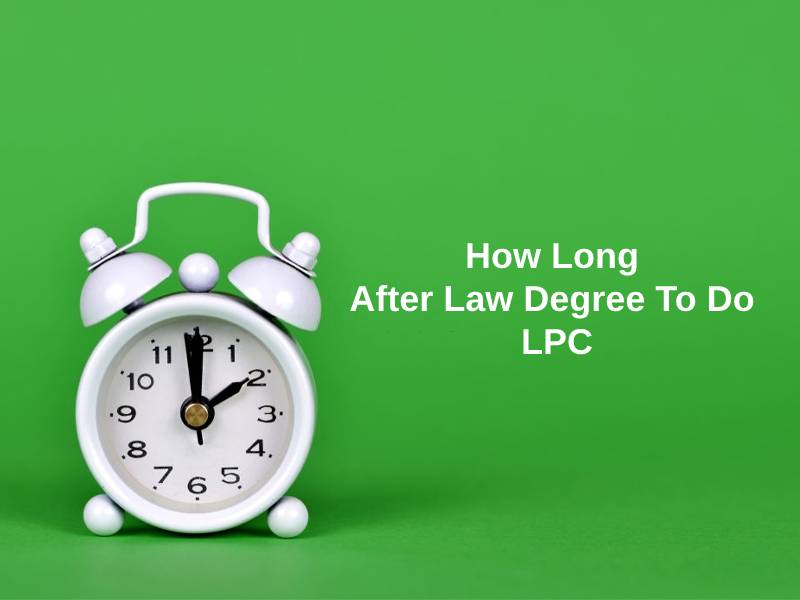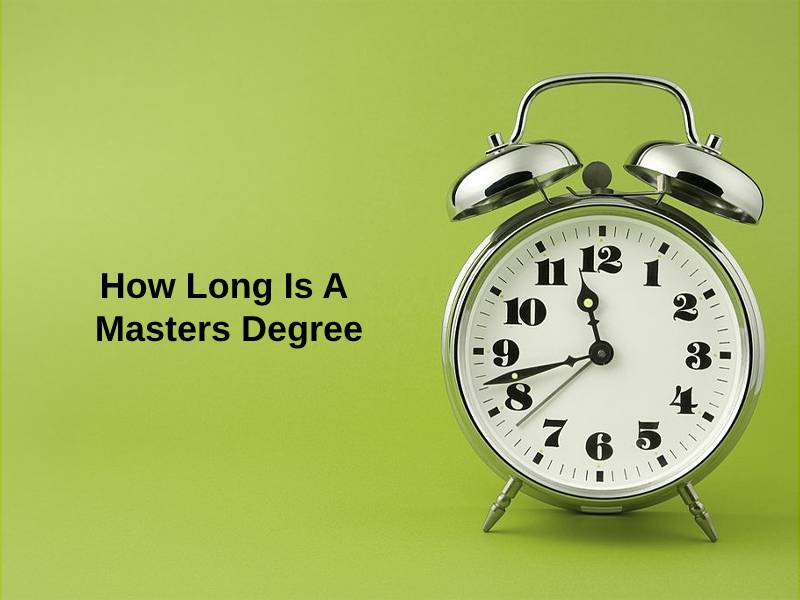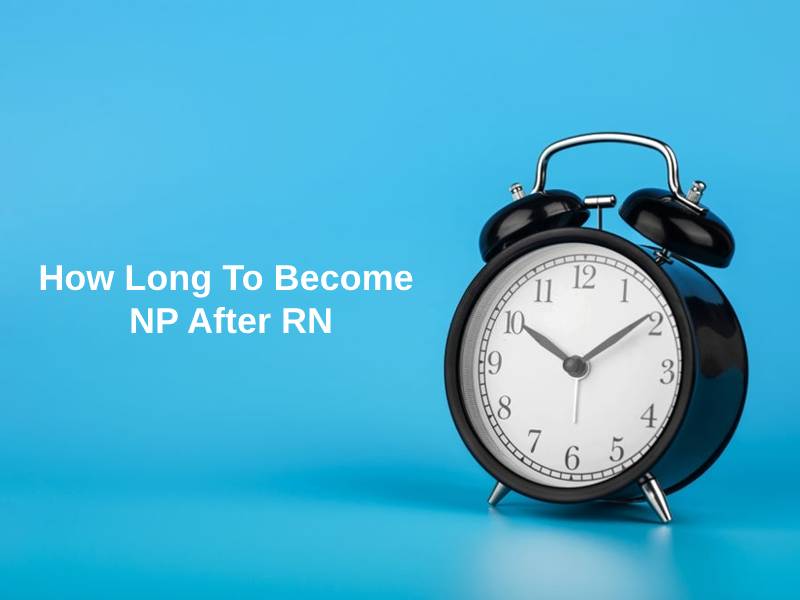Exact Answer: 2 Years or more
An associate’s degree is evaluated as half of a bachelor’s degree. Community colleges and vocational post-secondary institutions are known to provide these degree programs for interested students. An associate’s degree requires a lower number of credits than a 4-year bachelor’s course. Most associate degree programs stipulate the need to earn 60 credits to acquire the degree.
The flexibility of an associate degree program is the most appealing factor in opting for these degree courses over the traditional college curriculums. Both the efforts needed to achieve the degree as well as the expenses involved are significantly lesser than the conventional university graduate programs.

How Long Does it Take Get an Associate’s Degree?
Most colleges and technical schools offer associate degree courses. The flexibility of the curriculum in an associate degree program is the most distinctive feature of such courses. The time taken to complete such a course will therefore be determined by several causal factors. The rules of the institution, the schedule for the completion of the course, the time dedicated by the student, etc. influence the time frame of completion.
Most institutions require students to secure 60 hours of credits to qualify for the degree. Students can enroll themselves in full-time courses or they may also opt for part-time curriculums. Generally, the stipulated time frame for acquiring an associate’s degree is 2 years. Most students complete the course within a period of 24 months to get the degree.
However, the time frame may be different for students who opt for a more truncated course structure. Students who opt for completing the course on a part-time basis may take longer than 2 years to acquire the degree. Some part-time students may acquire an associate’s degree in 5-6 years.
Similarly, the performance of the individual student also has a significant bearing on the course’s time frame. If a full-time student is able to pass all the papers within the given time period, he will acquire the associate’s degree in 2 years. Alternatively, if a full-time or part-time student is unable to pass all papers in the first attempt, he will have to reappear for those papers. This process of appearing for arrears will prolong the time needed to actually acquire the degree.
In Summary:
| Position of the Student | Course Completion |
| Full-Time Student (Pass in All Papers) | 2 years |
| Full-Time Student (With Arrears in Some Papers) | More than 2 years |
| Part-Time Student (Pass in All Papers) | More than 2 years |
| Part-Time Student (With Arrears in Some Papers) | Up to 6 years |
Why Does it Take This Long to Get an Associate’s Degree?
The flexibility of pursuing an education is exemplified in the leeway granted to students enrolled in the various associate degree programs across the fields of arts, science, and professional disciplines.
Pursing an associate degree full-time can help reduce the total number of years needed to actually acquire the distinction. This is because a full-time student completes the entire course curriculum within 4 semesters, spanning a total of 2 years. By taking a total of 5 classes every semester, such students can complete the program within the stipulated time frame.
However, there are students enrolled in the associate degree programs who are employed and have a family to look after. This implies that they cannot pursue the course full-time. As part-timers, they complete the same credit hours requirement within a longer period of time. Some of these students opt for 4 or even fewer classes each semester. This increasing the overall time needed to earn the degree.
Moreover, some full-time students cannot always clear course papers on their first attempt. This necessitates supplementary examinations in the subsequent semesters. Such an event will automatically extend the time frame for acquiring the degree. The prolonged time frame will extend to almost 5-6 years for those who are enrolled in the part-time sessions of the program.
One must also cognize the fact that different associate degree courses may require their students to attain extra internship credits, apprentice experiences, etc. This would inevitably prolong the process of completing the course. In such a scenario, the associate’s degree will be awarded to the student only after these special requirements are sufficiently substantiated.
Conclusion
An associate’s degree is a good bridge for those aspiring to pursue a bachelor’s degree in the future. This is because the credits earned in an associate degree program can be transferred to the aspirant’s university or college for the bachelor’s course. This helps save time as well as effort.
The flexible curriculums of these programs help students return to the arena of education after a brief period of hiatus. One can easily earn this degree within a period of 2 short years. The ingenuity of the courses lies in the part-time commitment protocol that allows students to complete the course within a time spectrum ranging from 2 to 6 years.



























The complexities surrounding the duration of an associate’s degree are elucidated effectively, underscoring the importance of careful deliberation before embarking on this educational journey.
Indeed, the in-depth exploration of the factors influencing course completion time is a valuable resource for students considering an associate degree.
The diverse scenarios affecting the duration for acquiring an associate’s degree are presented in a well-structured manner. It’s an informative read for prospective students.
The detailed analysis enhances students’ awareness regarding the time considerations and commitments associated with obtaining an associate’s degree.
The comprehensive overview provided in this article is instrumental in helping students comprehend the intricacies involved in earning an associate’s degree.
Having a comprehensive understanding of the time frame and influencing factors for achieving an associate’s degree is imperative for prospective students.
The insightful discussion on the time frame and influencing factors for an associate’s degree is beneficial for students entering higher education.
This is a nuanced view of the considerations relevant to the pursuit of an associate’s degree. It’s critical for students to understand the dynamics involved.
The informative content assists students in evaluating their educational paths meticulously, thereby making informed decisions about pursuing an associate’s degree.
Understanding the reasons behind the varying time frames for an associate’s degree is enlightening. It underscores the importance of aligning personal commitments with educational goals.
This article effectively outlines the complexities involved in achieving an associate’s degree and highlights the need for strategic planning.
Pursuing an associate degree sounds like a well-thought-out plan to transition into a bachelor’s program. This explanation provides a clear understanding of the course duration and the various factors involved in completion.
I couldn’t agree more! The thoroughness of this explanation is greatly appreciated. It helps students make informed decisions.
This detailed breakdown is quite enlightening. It highlights the diverse scenarios that can affect the time taken to attain an associate’s degree.
This examination of the time frame for acquiring an associate’s degree is quite enlightening. It provides students with a holistic understanding of the variables involved in this educational pursuit.
The comprehensive delineation of the time frame for obtaining an associate’s degree serves as a valuable guide for prospective students, aiding them in making well-informed decisions about their educational trajectories.
The extended time frame for part-time students is a significant factor to consider. It’s important for students to weigh their commitments before enrolling.
This analysis makes it clear that pursuing an associate’s degree should be a well-planned decision. The commitment and dedication of the student play a crucial role.
Indeed, the flexibility of associate degree programs is beneficial, but it’s essential to manage expectations regarding the time required for completion.
The variations in duration based on different factors provide valuable insights. It emphasizes the significance of planning and commitment in pursuing an associate’s degree.
Absolutely, the in-depth explanation offers clarity and encourages students to carefully assess their individual circumstances before embarking on this journey.
The detailed overview serves as a valuable resource for students considering an associate’s degree. It equips them with the necessary knowledge to make informed decisions.
The flexibility of associate degree programs, alongside the implications for duration, is conveyed with great clarity in this informative piece.
I appreciate the comprehensive insight provided here. It’s crucial for students to recognize the multifaceted nature of associate degree programs.
The varied perspectives shared in this article are thought-provoking. It enriches the discourse on the pursuit of associate’s degrees.